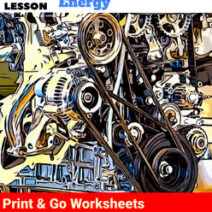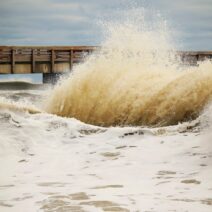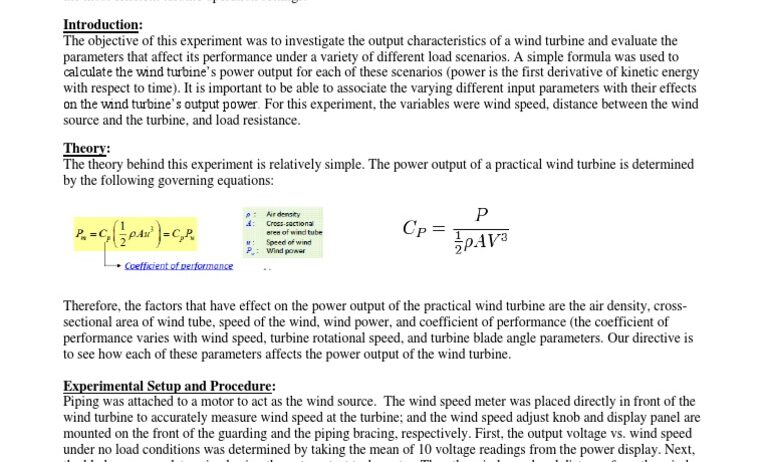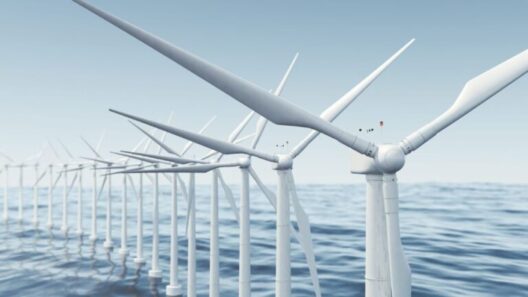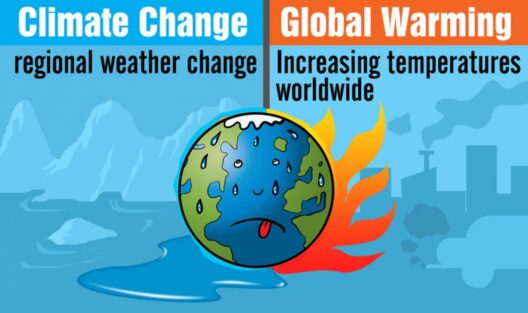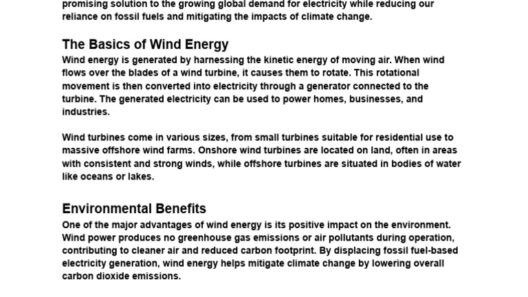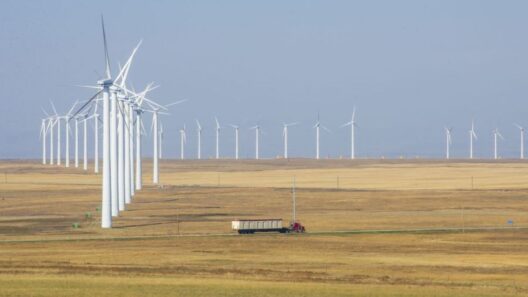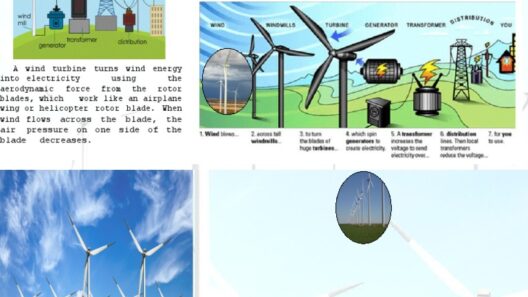Wind energy has been lauded as one of the most promising renewable energy sources available. But just how energy efficient are wind turbines? This question invites scrutiny, particularly as the world grapples with the pressing need for sustainable energy solutions. As we dive into the effectiveness of wind turbine technology, the charm lies in understanding not just the advantages but also the challenges that accompany this seemingly benign source of power.
At a fundamental level, wind turbines convert kinetic energy from wind into mechanical power. Through a series of complex components—a rotor, blades, a generator, and a control system—they harness this energy to generate electricity. A playful question arises: if we can harness the wind, can we always outsmart it? This introduces a potential challenge as we assess wind turbine efficiency; the variability of wind and its unpredictable nature affect performance.
Understanding the efficiency of wind turbines requires examining several critical factors. First and foremost is the concept of capacity factor. This term refers to the ratio of actual output over a period to the potential output if it were possible for the turbine to operate at full capacity all the time. Many modern onshore wind turbines boast capacity factors between 35% and 45%. Meanwhile, offshore turbines can achieve figures exceeding 50%. These efficiencies translate to a significant contribution to the electrical grid, yet they also reveal a distinct reality: wind energy remains inherently intermittent.
Next, let’s navigate the intricacies of turbine design and technology. Over the years, advancements in aerodynamics, materials science, and engineering have led to more efficient turbines. Contemporary designs feature longer blades that can catch more wind, thus translating more kinetic energy into electrical energy. Modern turbines can reach efficiencies of up to 50% and beyond under optimal wind conditions, yet this peak performance is ephemeral. The real test lies in their efficiency during varied weather conditions—storms, calm days, and everything in between.
But as we explore the mechanical prowess of wind turbines, we cannot ignore their environmental imprint. Although wind energy is much less harmful than fossil fuels, wind farms can still impact wildlife and natural habitats. Bird and bat fatalities, land use, and ecosystem disturbances are important laterals to consider. Herein lies another conundrum: how do we balance the clean energy revolution with our responsibility to the ecological systems in which we operate? Merely increasing turbine efficiency does not absolve the need for thoughtful site selection and environmental impact assessments. Sustainable development hinges on these considerations.
Let’s examine the financial implications of wind turbine technology as well. The initial costs of wind energy installation can be staggering, often deterring investors. However, technology is advancing, and costs have declined sharply over the past decade. Studies show that onshore wind energy now competes favorably with fossil fuels. Additionally, the cost of generated electricity continues to decrease as energy efficiency improves. Wind energy also contributes to job creation, reinforcing the economic argument for investment in clean technologies. Yet, how enticing these financial figures become depends entirely on local policies, support mechanisms, and technological advancements. Falling costs could soon propel wind energy into even broader applications beyond just our grids.
The impact of energy storage technology cannot be overstated. With the current advancements in battery technology and smart grid integration, the challenge of wind energy’s inherent variability can be mitigated. Wind can power homes during periods of low demand but must be stored for use when the turbines are still. This “wind farm and battery” combination is still evolving, but the potential is vast. The ongoing innovation in this field presents tantalizing opportunities: can we envision a future where energy storage makes intermittent sources as reliable as their conventional counterparts? Only time will tell.
Lastly, let’s contemplate the geopolitical dynamics associated with wind energy. Nations across the globe are vying to lead the clean energy revolution. For countries rich in wind resources, the transition to a wind-based energy ecosystem presents not only a means for sustainability but also an avenue for economic independence and energy security. The race toward energy leadership leads to questions of collaboration and competition that could redefine global energy policies. What might a world powered primarily by wind look like if nations seek both economic gain and environmental stewardship? This ideological tension will shape the future landscape of energy not just locally, but globally.
In conclusion, assessing the effectiveness of wind turbine technology goes beyond mere numbers. While they offer substantial energy efficiency and a means of alleviating climate change, the challenges and implications associated with their deployment warrant thoughtful consideration. Wind turbines stand at the intersection of nature and technology, embodying both promise and complexity. As the world turns toward renewable energy, the ambitious endeavor of harnessing the wind invites us to reconsider our relationship with the environment while challenging existing notions of energy efficiency and production. How we navigate this frontier is a collective responsibility, as we seek to balance innovation, sustainability, and ecological harmony in our pursuit of a cleaner, greener future.
